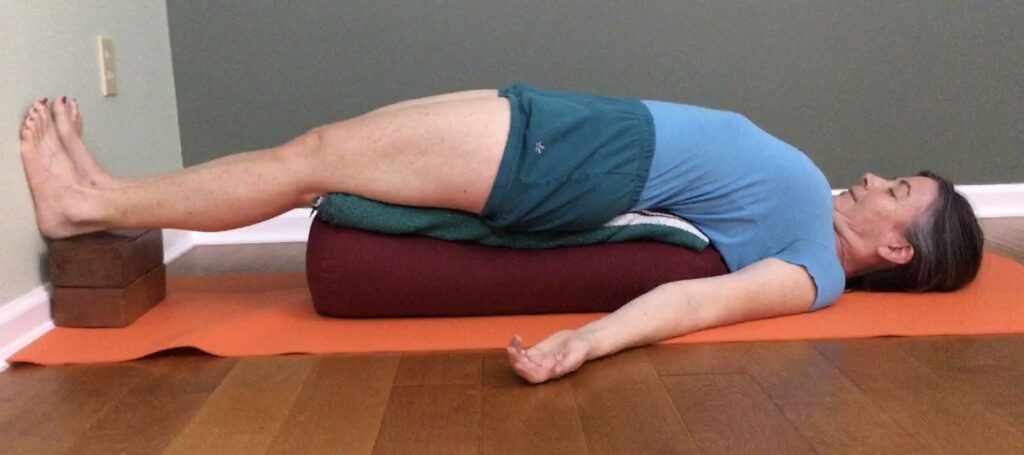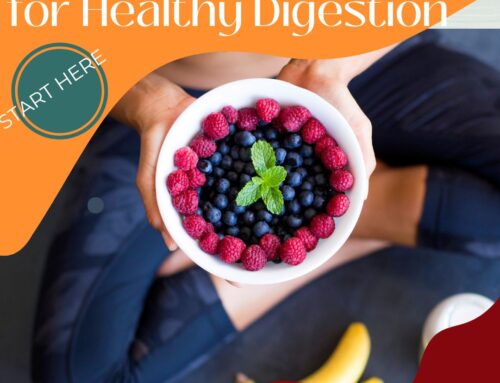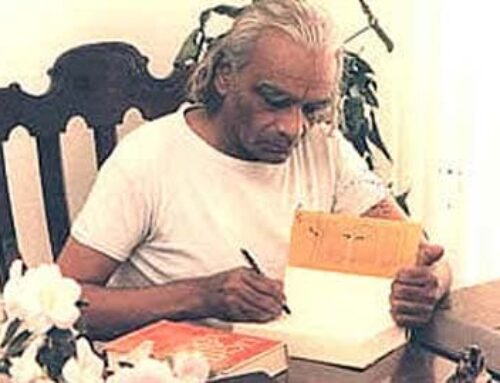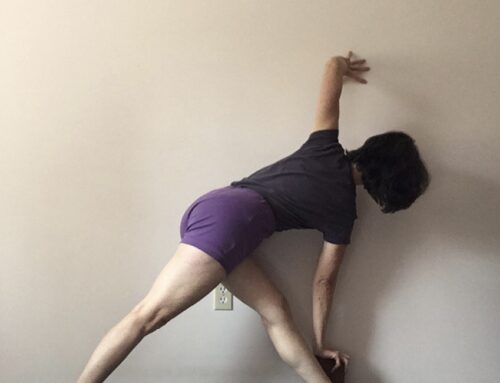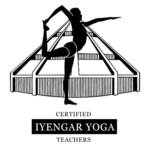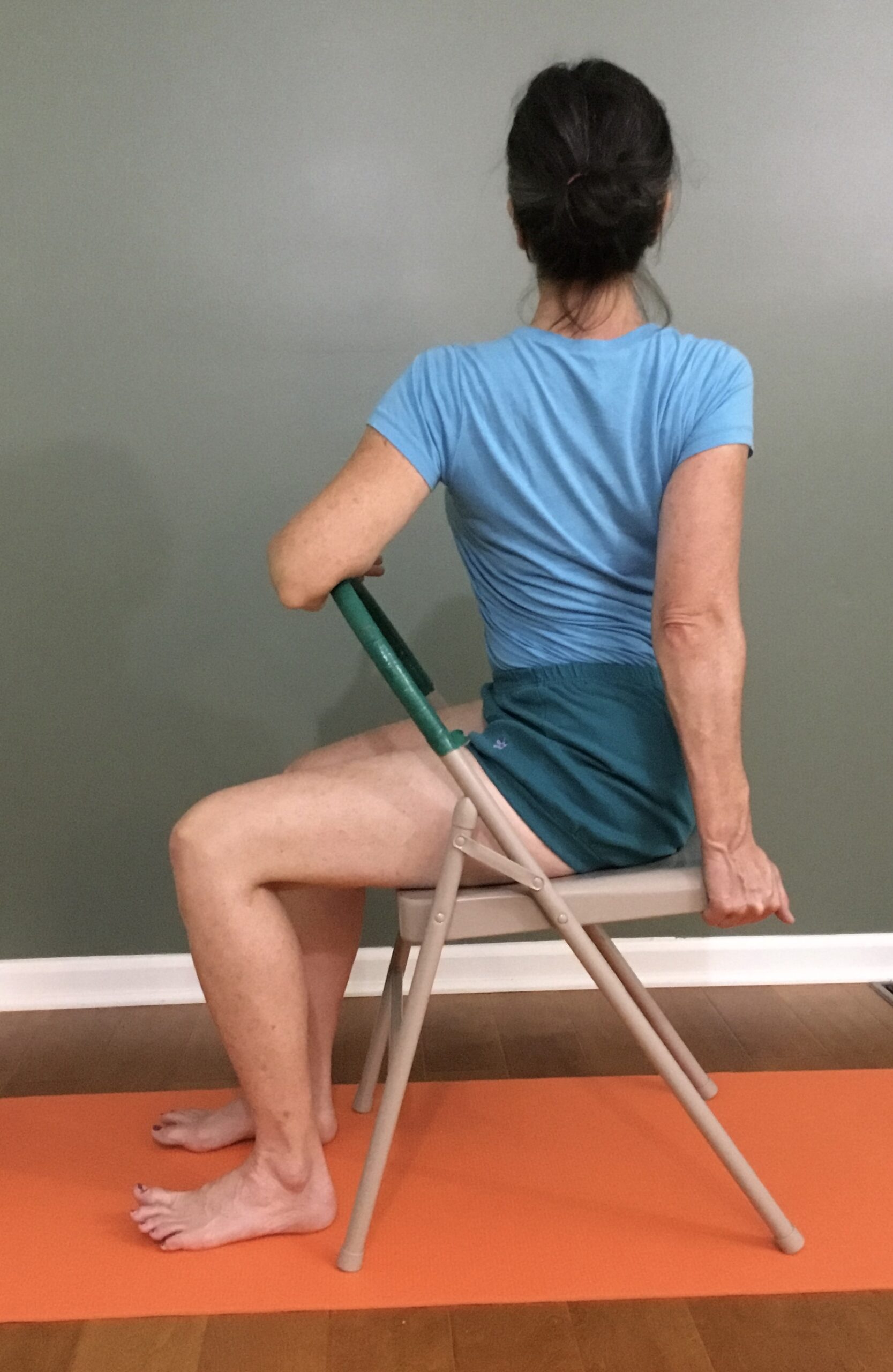
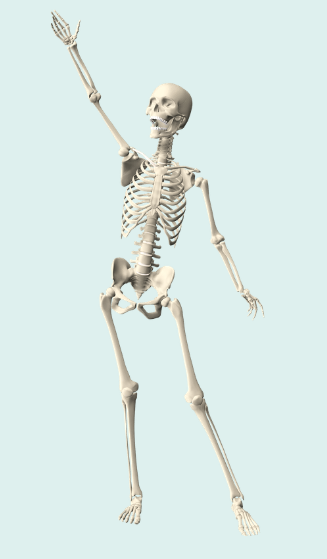
Bones are dynamic living tissue comprised of a hard outer surface and spongy inner network. From infancy to about 30 years of age, you build bone mass. Exercise, diet, stress levels, genetics, hormones and age all have an affect on bone mass.
Bones are continually building, shifting, breaking down and rebuilding in response to physical stimulus and our mental/emotional states.
Yoga, when practiced with awareness, provides a positive stress that stimulates bone remodeling and improves the absorption of calcium. A well rounded practice inclues a variety of poses that enhance the musculoskeletal and endocrine systems which are vital in bone growth.
1-IN-2 WOMEN
Will suffer from an osteoporotic fracture: 1.5 million such fractures occur every year, including 300,000 broken hips, 700,000 verterbral breasks, and 250,000 wrist fractures
90% OF WOMEN
Over 75 has osteoporosis
50% OF WOMEN
That break a hip due to osteoporosis never walk again, and only 15% can walk unaided across theroom 6 months later
What is osteoporosis?
Osteoporosis, literally porous bone, is a disease characterized by low bone mass and a deterioration of the architecture of bone tissue.
Type 1 Osteoporosis also known as Postmenopausal occurs 5-7 years following menopause due to hormonal changes. Studies estimate in this time, up to 20% of bone loss occurs.
Type 2 Osteoporosis is age associated and equal opportunity for both all sexes over 65. It occurs gradually over a period of time.
Secondary Osteoporosis is due to an associated cause such as thyroid issues, tumor or accident.
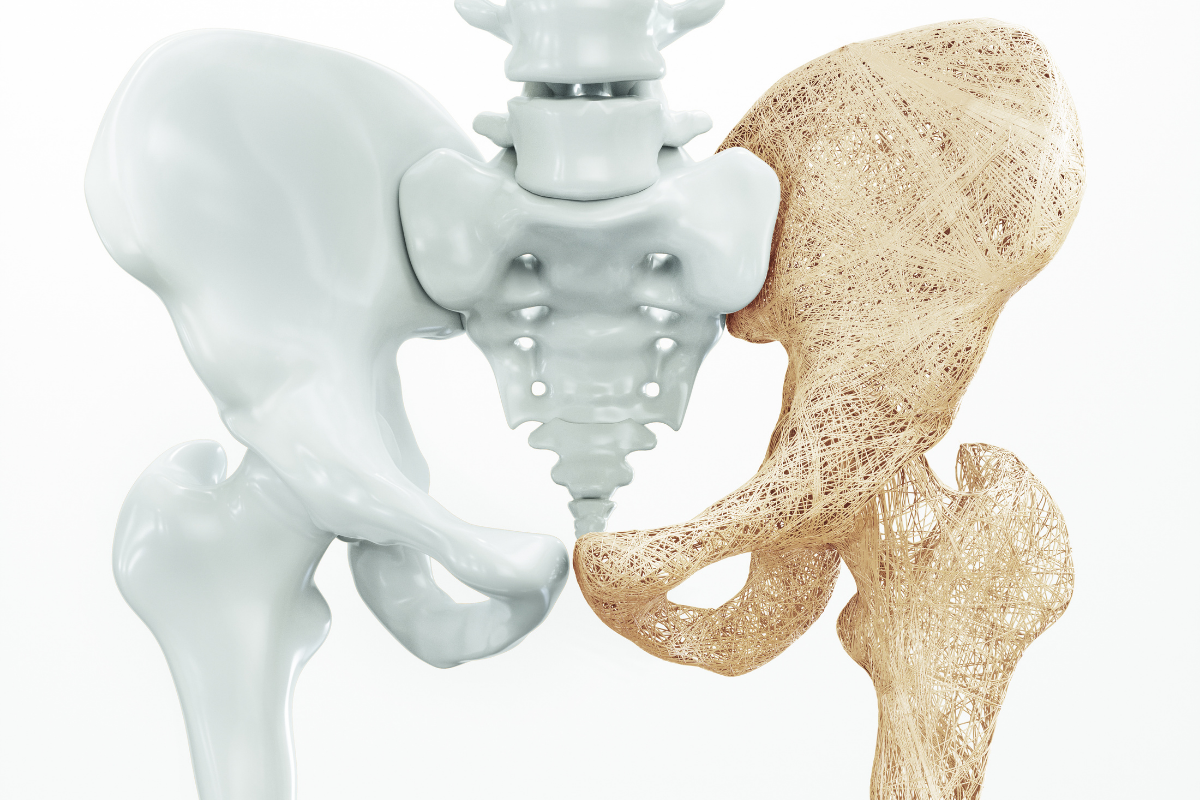
Physiology of Bones
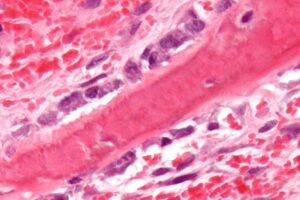
Osteoblasts
Build bones – secrete collagen then seek out sources of
Vitamins and minerals to add to the bone matrix. Osteoblasts are activated where there is stress on the bone. Typically through weight bearing and compression of muscles onto bone.
Osteoclasts
Remove minerals and protein from bones and release them into the bloodstream. Your muscles, heart, brain and other organs need calcium to function efficiently. If you are not getting the calcium needed in your diet, the wise systems of the body draw calcium through bone resorption to be re-allocated to other parts.
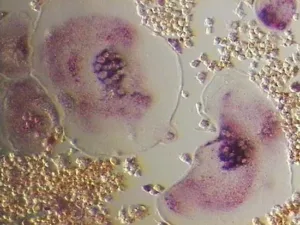
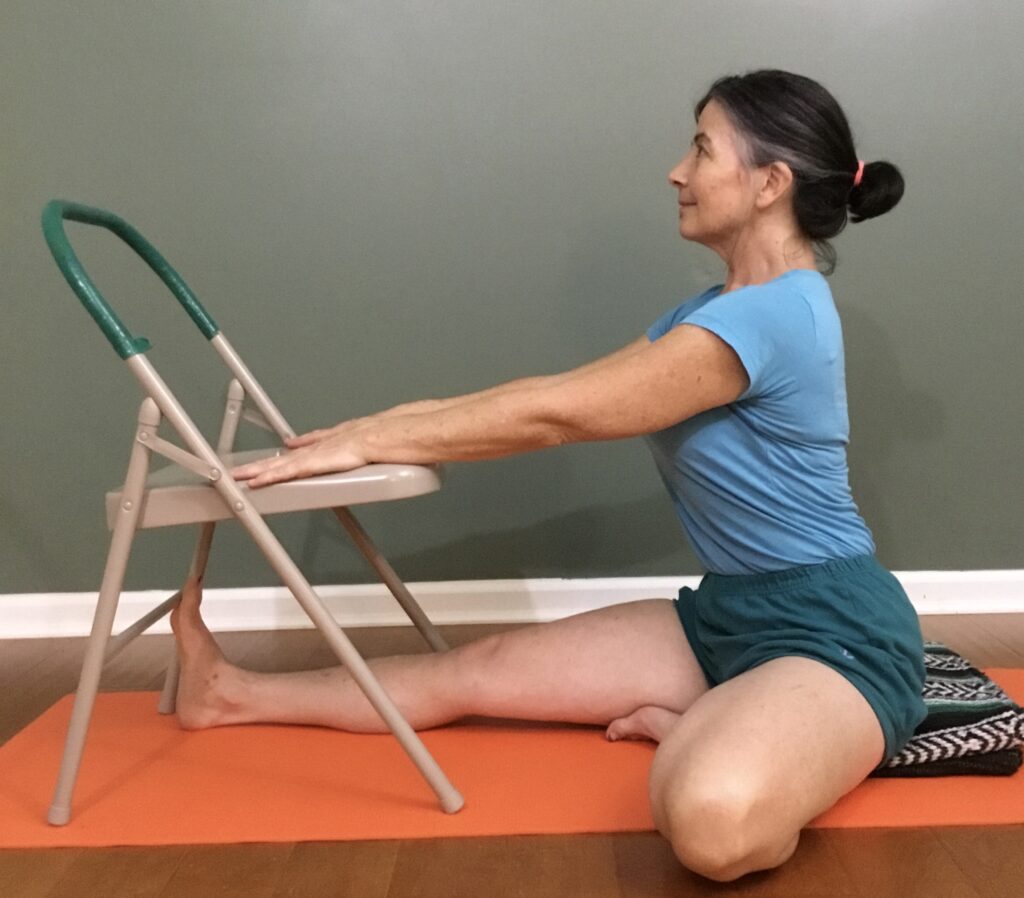
How can yoga enhance bone density?
Work with good alignment of the joints. As one of my teachers often has said, “Don’t hold a bad pose for a long time.” When the joints are lined up well with one another, our bones transmit weight efficiently down through the pelvis into the legs and feet and to the ground. There’s a reciprocity that if you then press down through the heels, the density of the earth is drawn up through the legs into the pelvis and upwards through the spine. This creates a positive stress on the bones. Studies indicate that longer holds 30 seconds -1 minute are necessary to stimulate bone growth.
Change your relationship to gravity. Yoga poses we learn stand on your heels and on your head. This stimulates the bones that are weight bearing to retain calcium, it also engages muscles throughout the body in different ways, which in turn further stimulate the bones.
Extend the muscles AND the bones. By lengthening the bones, this draws the muscles into the bones which nourishes the bones.
Connect with the Ground
Lengthen and open bottom soles of your feet. Stand with back of heel in contact with blocks at wall. Further bring the weight into your heels by moving the tops of the thighs back and descending the buttocks down. Combine these two actions. Connect from the sacral area/tailbone to the heels and from the heels, lift the sternum up bringing the head inline with your spine. This steady, upright position of the trunk with the spine elongating is essential. When you step away from the wall, bring this awareness throughout your life on and off the mat.
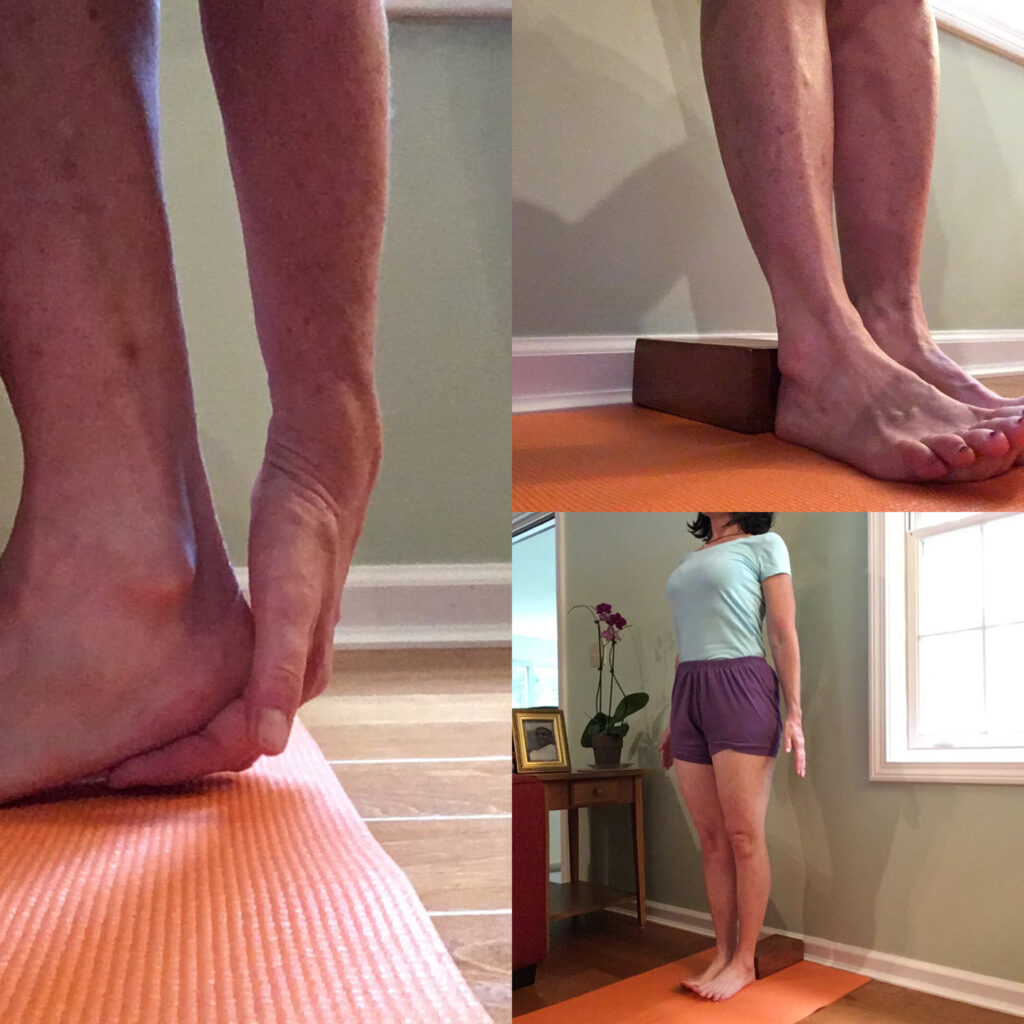
Tadasana (Mountain Pose) with back of heels pressing into block
What yoga poses are good for osteoporosis?
Practice A Variety of Poses Including Inversions. In an Iyengar Yoga class we practice a variety of poses – one week may be focused on standing poses and balance another class leading to backbends, forward bends or twists. Each class includes inversions which are important for all systems (digestive, respiratory, cardiovascular, nervous system and so on). In particular, inversions promote balanced functioning of the endocrine system which stimulate hormones that play a function in bone health. I love questions, feel free to email me with any questions or comments.
